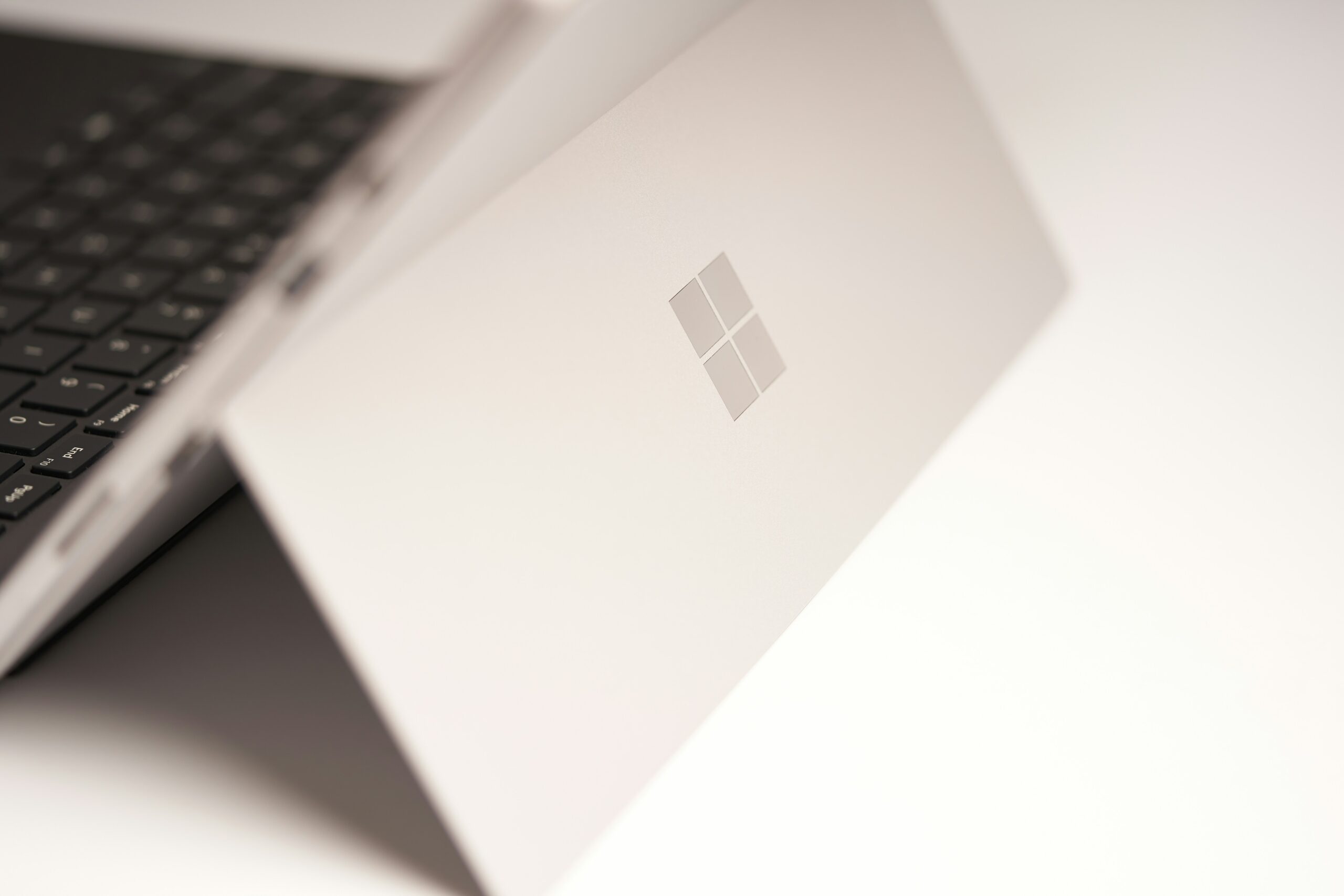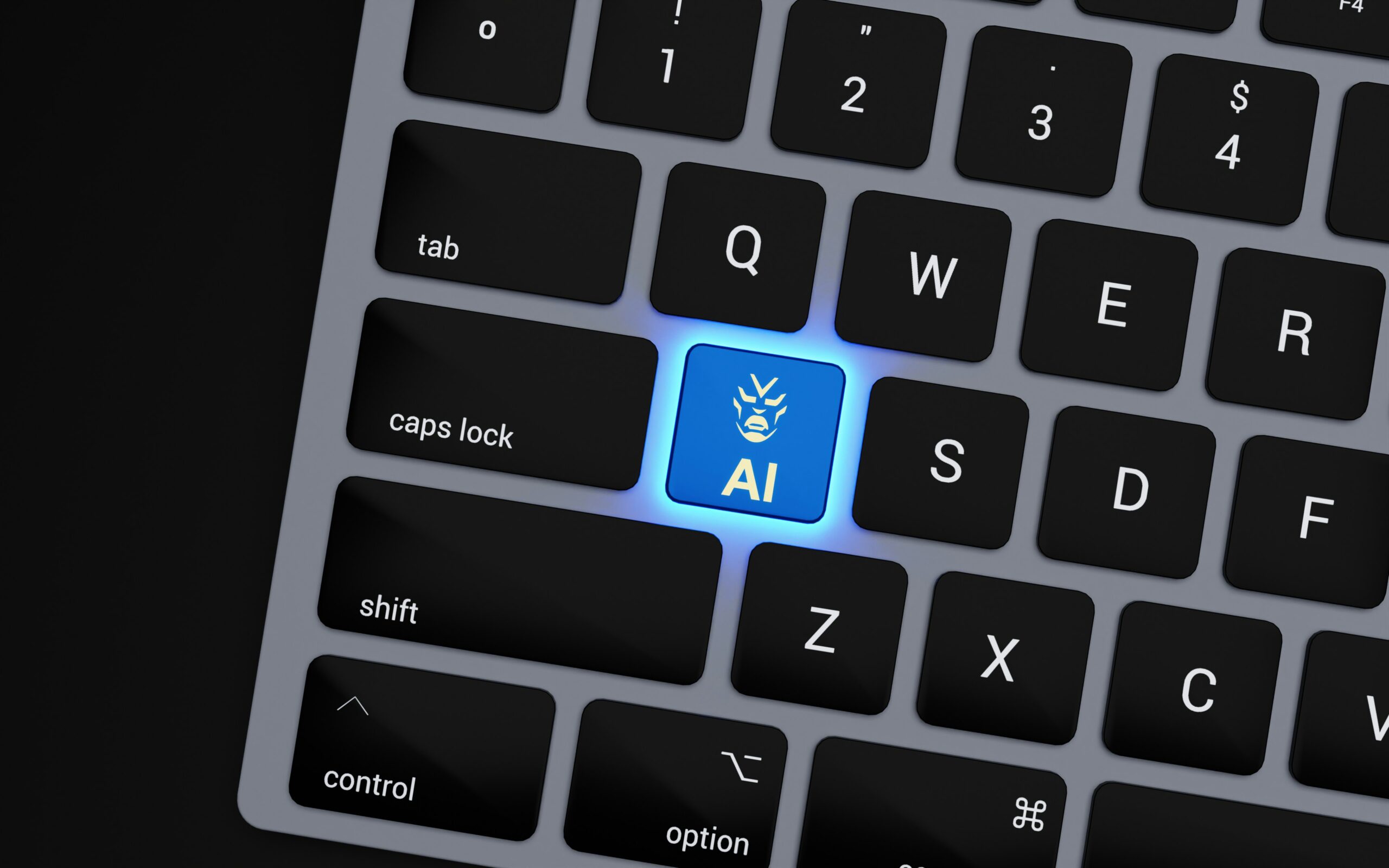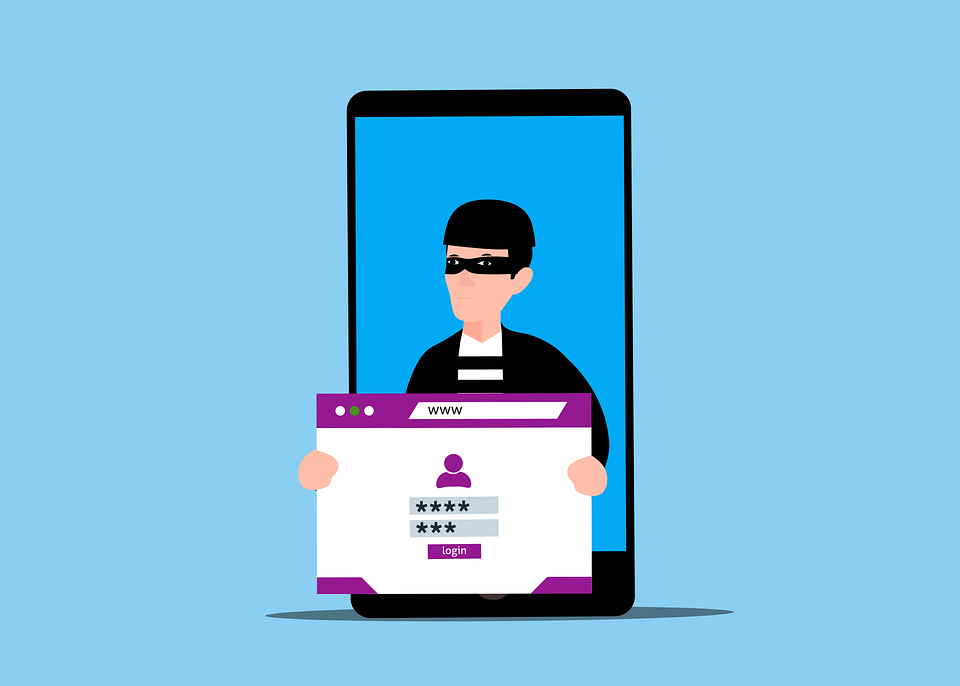Protecting Your Business From Deepfake Technology
Movies once used lookalike actors for flashback scenes, but now deepfake technology does the job. While beneficial in some industries, businesses must protect themselves from its risks.
Deepfake technology is now in corporate settings, from synthetic characters in ads to automated business leader bios. Protecting your company from misuse is crucial.
Why Is Deepfake Dangerous to Your Business?
Deepfakes leverage AI to manipulate media, posing risks like spreading misinformation and identity fraud. Cybercriminals can impersonate business leaders to steal data or exploit resources.
According to IDSA, identity-related cyber breaches account for 90% of large-scale cybersecurity incidents. While high-profile companies are prime targets, small businesses are not immune.
Top Three Ways To Protect Your Company
#1 Train Employees to Detect Deepfake Threats
Educate employees on deepfake identification techniques:
- Inconsistent voice or speech patterns
- Unusual movements in video calls
- Suspicious or unnatural responses
#2 Implement Verbal Codes for Verification
Establish a verbal code system for sensitive business communications. If a recipient fails to confirm the code, assume a security threat.
#3 Invest in Advanced Threat Detection
Strengthen security with multi-factor authentication such as:
- Fingerprint and facial recognition
- Secure passwords
- One-time authentication codes
Machine learning-based threat detection is crucial in combating deepfake risks. Invest in advanced security measures to protect your business.
Frequently Asked Questions: Protecting Your Business From Deepfake Technology
What is deepfake technology?
Deepfake technology uses AI to create or alter synthetic media, including images, videos, audio, and text, making them appear real.
Why is deepfake technology dangerous for businesses?
- Spreads misinformation
- Enables data theft
- Facilitates impersonation
- Leads to security breaches
How common are identity-related cybersecurity breaches?
According to IDSA, identity-related issues account for 90% of all cybersecurity breaches in larger organizations.
How can businesses protect themselves from deepfake threats?
- Employee Education:
- Train employees to detect deepfakes
- Identify suspicious audio/video cues
- Verification Codes:
- Use verbal codes for sensitive transactions
- Advanced Threat Detection:
- Implement multi-factor authentication
- Enhance security protocols
What are common signs of deepfake content?
- Unusual voice patterns or wording
- Glitches in facial movements
- Suspicious or vague requests
Are smaller businesses at risk?
Yes. While deepfake attacks typically target high-profile businesses, cybercriminals seek vulnerabilities in all organizations.
How can businesses create a defense against deepfakes?
- Educate employees
- Use verification codes
- Invest in AI-driven security
What are examples of multi-factor authentication?
- Fingerprint and facial recognition
- Secure passwords
- One-time authentication codes
Is deepfake technology only used for fraud?
No, deepfake technology is also used in industries like entertainment, advertising, and corporate training.
How can businesses stay ahead of deepfake threats?
- Continuously train employees
- Update security protocols regularly
- Monitor advancements in deepfake detection






